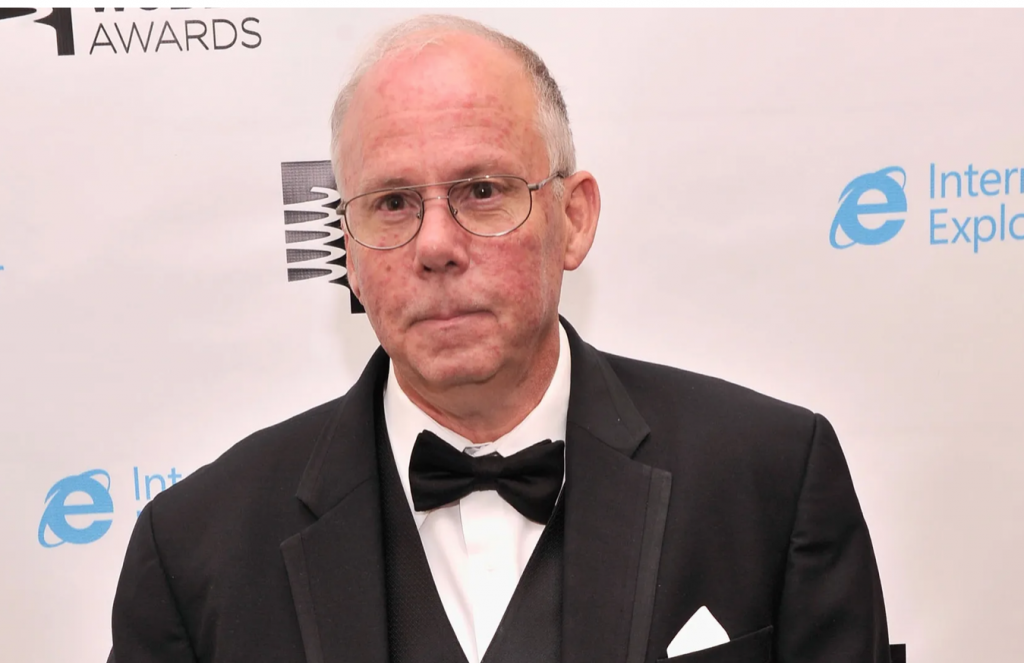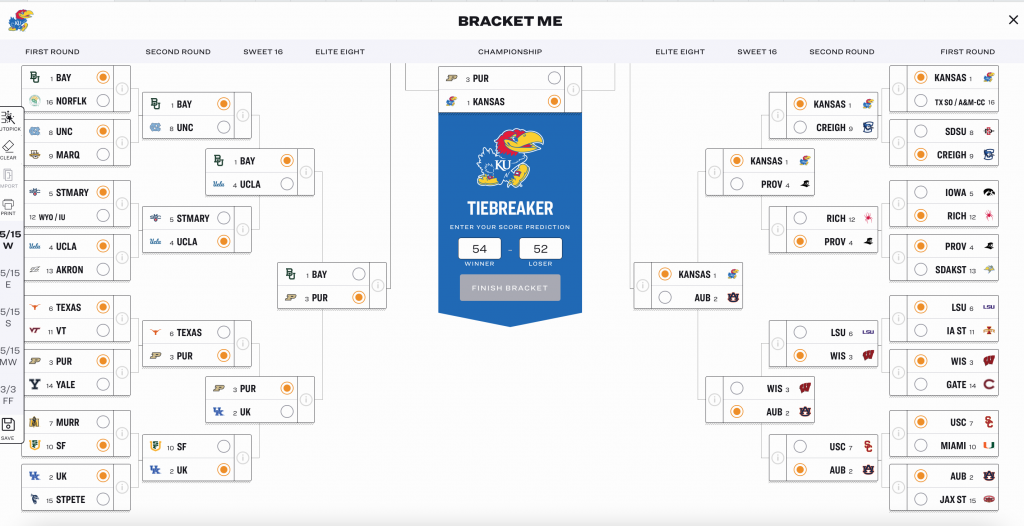It’s Thursday again, TTN readers! It’s a new week, and I’ll be home alone this weekend! I’m on with Mark Starling, John, and the First News 570 crew. This week’s top tech stories: WingStop sells NFT chicken wings in metaverse, Facebook paid for hit contracts on TikTok, and Dyson has announced new air purifying headphones. You can listen to Mark and I point and laugh while talking about the wild and crazy technology world every Thursday morning, LIVE at 6:43am Eastern by tuning into WWNC on the iHeartRadio app.

WINGSTOP FILES TRADEMARK TO SELL DIGITAL CHICKEN WINGS
Stop the world, I want to get off. NFTs have jumped the proverbial shark. Earlier this month, WingStop filed a trademark to sell digital chicken wings at their met averse locations. According to WingStop, “the filing signifies an exciting step to serve the world flavor in a virtual space.” That word, flavor. What do virtual chicken wings taste like. The first thing my 11-year old asked was, “are virtual chicken wings, consumable?” It was at that moment I asked my 11 and 14 year old girls to come up with something we can hock in the NFT metaverse. To which they replied, “why? NFTs are stupid?” Where did I go wrong, I thought this whole virtual world was theirs. Well, WingStop isn’t the only company selling NFT products. McDonald’s and Panera are offering NFTs that can be purchased for real world redeemable products. We’ll see what happens next.
FACEBOOK PAID POLITICAL FIRM TO MALIGN TIKTOK
Yup. Yesterday, the Washington Post reported Facebook hiring a political firm called Targeted Victory to use traditional political campaign tactics to turn public opinion negatively for TikTok. The firm used editorial comment in media, elevated detractors, and planted false data swaying people to believe the app is improperly abusing information from young Americans (probably true) and that the app is generally a bad option for people. Facebook hired the firm after it was trying to overcome the Cambridge Analytica scandal as well as the ‘Facebook caused mental anguish’ scandal. Meanwhile, Facebook or Meta, has reported that it has lost users for the first time in its 18 year history. TikTok has acquired many more young users on its platform as the Big Blue apps users have grown older. Remember, Facebook was originally only available for college students, and then opened up to other users. Those colleges students are now in their 30s and 40s and have more important things to do.
DYSON ANNOUNCES NEW AIR PURIFYING HEADPHONES
I had to end this week’s top tech news on a funny note. I love gadgets and gadget makers. Someone is always trying to come up with some creative way to get people to wear tech and Dyson tickled my fancy. The Dyson Zone is the vacuum company’s first foray in wearable technology. The headphones specs don’t matter, what does is that the headphones come with an over-the-mouth air purification system. Dyson says the headphones are great for rising air pollution. Each pair comes with a fan and air filters that suck in air from the ear cups, purifies air, and channels clean air in the nose and mouth. You’ll probably look ridiculous, but will breathing free. The headphones are expected to be expensive and go on sale in the fall.







